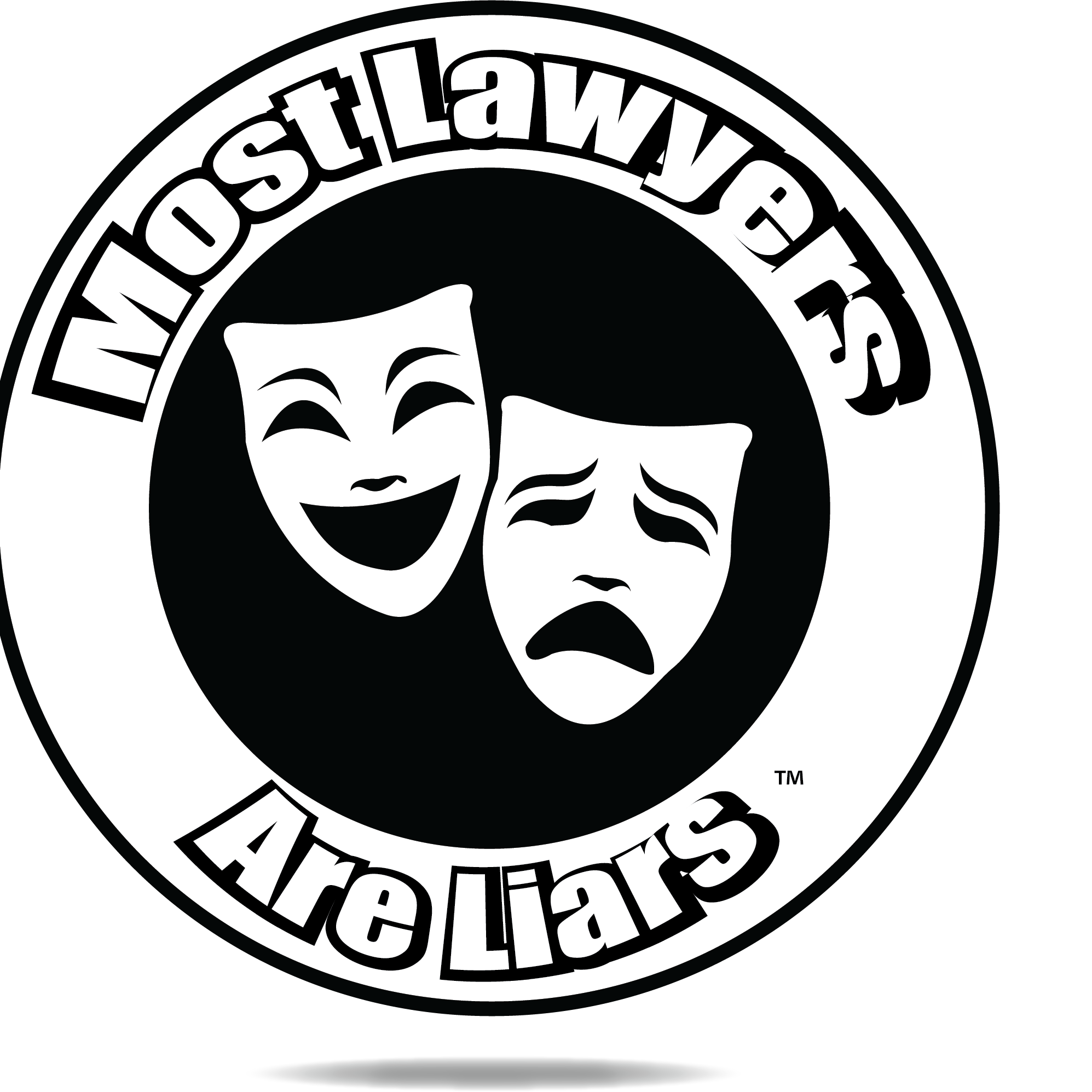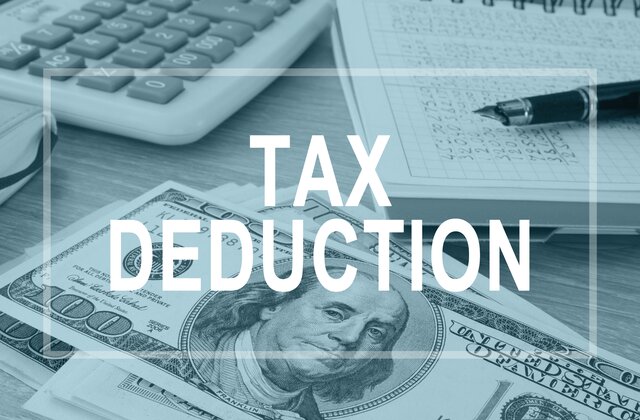What Is a Deduction?
A derivation is a cost that can be deducted from a citizen’s gross pay to diminish how much pay that is dependent upon tax collection.
For instance, in the event that you procure $50,000 in a year and make a $1,000 gift to noble cause during that year, you are qualified to guarantee a derivation for that gift, diminishing your available pay to $49,000. The Internal Revenue Service (IRS) often alludes to a derivation as a permissible derivation.
Key Takeaways
A derivation is a cost that can be deducted from available pay to decrease the sum owed.
Most citizens who take the standard derivation just have to record Form 1040.
Citizens who organize derivations should utilize Schedule A Form 1040 to list all of their suitable deductions.
The standard assessment allowances have expanded consistently since the section of the Tax Cuts and Jobs Act in 2017.Figuring out Deductions
Citizens in the United States have the decision of guaranteeing the standard allowance or organizing their deductions. Claiming the standard derivation is simpler and requires less administrative work and record-keeping. The Internal Revenue Service (IRS) has redone Form 1040, which most citizens currently use, and resigned the old 1040A and 1040EZ forms.
Citizens who organize derivations should utilize Schedule A Form 1040, a connection to the standard 1040 structure, and are expected to fill in a rundown of their reasonable derivations and keep receipts to demonstrate them assuming they are audited. This more extended structure is utilized by filers who have significant allowances that amount to more than the standard allowance.
An organized derivation is a cost deducted from changed gross pay (AGI), which lessens available pay and, in this manner, how much duties owed. Normal organized derivations remember interest for a home loan credit, un-reimbursed medical care costs, magnanimous commitments, and state and nearby charges. Kindly counsel an expense proficient to decide if a standard derivation or organizing works for your monetary circumstance.
Standard Tax Deductions
Since the section of the Tax Cuts and Jobs Act of 2017 (TCJA), the standard allowance has expanded throughout the years to assist with staying up with rising costs — called expansion.
The following are the standard allowances for charge years 2021 and 2022, contingent upon charge documenting status:
2021 Standard Deductions
For singles and wedded individuals recording independently: $12,550
For wedded couples documenting mutually: $25,100
For heads of families: $18,80042022 Standard Deductions
For singles and wedded individuals documenting independently: $12,950
For wedded couples documenting mutually: $25,900
For heads of families: $19,4005The ongoing standard derivations are a huge overhaul from levels before the Tax Cuts, and Jobs Act was passed. For instance, in the 2017 fiscal year, the standard allowance was $6,350 for single filers and $12,700 for wedded individuals recording jointly.
Assuming you pick to guarantee the standard derivation, there are still a few organized derivations you can guarantee on your personal government form, including qualified understudy loan interest and educational cost and fees.
Allowances versus Credits
A derivation is not quite the same as a tax break, which is deducted from how much expenses owed, not from your revealed pay.
There are both refundable and non-refundable credits. Non-refundable credits can’t set off a duty discount, however refundable credits can.
For instance, envision that in the wake of announcing your pay and asserting your allowances, you owe $500 in annual expense. In any case, you are qualified for a $600 credit. On the off chance that the credit is non-refundable, your assessment bill is eradicated, yet you get no additional cash. On the off chance that the credit is refundable, you get a $100 charge discount.
A few organizations meet all requirements for business tax reductions, which offset or decrease an organization’s duties owed to the central government. Business tax reductions are intended to energize a specific way of behaving that helps the general economy, for example, redesigning a structure or manufacturing plant and putting resources into research. While charge allowances diminish available pay, business tax breaks decrease the assessments owed.
Exceptional Considerations
Entrepreneurs have a considerably more elaborate cycle during charge time since they’re burdened on business benefits, not business continues or income. That implies archiving their expenses of carrying on with work to deduct them from the net returns, uncovering the available benefits. The interaction is no different for the littlest organizations to the biggest enterprises, albeit the partnerships basically have bookkeeping divisions to deal with the desk work.
Organizations are expected to report the entirety of their gross pay and afterward deduct costs of doing business from it. The contrast between the two numbers is the business’ net available pay. In this manner, operational expense work in a way that is like derivations.
Albeit the method involved with following costs can be troublesome, the aggregate sum of these costs can assist with lessening an organization’s available pay considerably, in this way, bringing down the duties owed.

